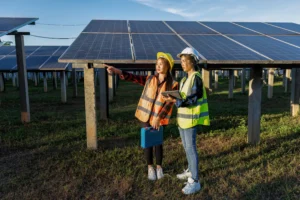In recent years, voice recognition technology has undergone remarkable advancements, transforming the way we interact with our devices and the world around us. From virtual assistants to voice-controlled smart home devices, speech recognition technology has become increasingly sophisticated, accurate, and integrated into our daily lives. In this article, we’ll explore some of the key advancements in voice recognition technology and the potential impact they have across various industries.
1. Enhanced Accuracy and Precision:
One of the most significant advancements in voice recognition technology is its improved accuracy and precision. Thanks to advances in natural language processing (NLP) and machine learning algorithms, voice recognition systems can now understand and interpret human speech with unprecedented accuracy, even in noisy environments or with diverse accents.
One of the most significant advancements in voice recognition technology is its improved accuracy and precision. Thanks to advances in natural language processing (NLP) and machine learning algorithms, voice recognition systems can now understand and interpret human speech with unprecedented accuracy, even in noisy environments or with diverse accents.
2. Natural Language Understanding:
Modern voice recognition systems not only recognize words and phrases but also understand the context and meaning behind them. Through natural language understanding (NLU) capabilities, these systems can decipher complex commands, extract relevant information, and provide more personalized responses, making interactions with virtual assistants and other voice-controlled devices more intuitive and efficient.
Modern voice recognition systems not only recognize words and phrases but also understand the context and meaning behind them. Through natural language understanding (NLU) capabilities, these systems can decipher complex commands, extract relevant information, and provide more personalized responses, making interactions with virtual assistants and other voice-controlled devices more intuitive and efficient.
3. Multilingual Support:
Another significant advancement in voice recognition technology is its ability to support multiple languages and dialects. With globalization and the increasing diversity of user populations, voice recognition systems are being developed to understand and respond to a wide range of languages, enabling more inclusive and accessible interactions for users around the world.
Another significant advancement in voice recognition technology is its ability to support multiple languages and dialects. With globalization and the increasing diversity of user populations, voice recognition systems are being developed to understand and respond to a wide range of languages, enabling more inclusive and accessible interactions for users around the world.
4. Integration with Smart Devices:
Voice recognition technology has become a cornerstone of the smart home revolution, enabling users to control various devices and appliances using voice commands. From adjusting thermostats and lighting to playing music and setting reminders, voice-controlled smart home devices offer convenience, efficiency, and accessibility for users of all ages and abilities.
Voice recognition technology has become a cornerstone of the smart home revolution, enabling users to control various devices and appliances using voice commands. From adjusting thermostats and lighting to playing music and setting reminders, voice-controlled smart home devices offer convenience, efficiency, and accessibility for users of all ages and abilities.
5. Applications in Healthcare:
Voice recognition technology is also making significant strides in the healthcare industry, where it is being used to streamline clinical documentation, improve patient engagement, and enhance the accuracy of medical transcription. By enabling healthcare professionals to dictate notes and instructions using voice commands, voice recognition systems help reduce administrative burdens and allow providers to focus more on patient care.
Voice recognition technology is also making significant strides in the healthcare industry, where it is being used to streamline clinical documentation, improve patient engagement, and enhance the accuracy of medical transcription. By enabling healthcare professionals to dictate notes and instructions using voice commands, voice recognition systems help reduce administrative burdens and allow providers to focus more on patient care.
6. Customer Service and Support:
Many companies are leveraging voice recognition technology to enhance their customer service and support offerings. Virtual assistants and interactive voice response (IVR) systems can efficiently handle customer inquiries, provide personalized assistance, and route calls to the appropriate departments, improving overall customer satisfaction and reducing wait times.
Many companies are leveraging voice recognition technology to enhance their customer service and support offerings. Virtual assistants and interactive voice response (IVR) systems can efficiently handle customer inquiries, provide personalized assistance, and route calls to the appropriate departments, improving overall customer satisfaction and reducing wait times.
7. Education and Learning:
Voice recognition technology is also being integrated into educational applications and platforms to facilitate language learning, literacy development, and accessibility for students with disabilities. By enabling students to interact with educational content using their voices, these systems enhance engagement, comprehension, and retention of information.
Voice recognition technology is also being integrated into educational applications and platforms to facilitate language learning, literacy development, and accessibility for students with disabilities. By enabling students to interact with educational content using their voices, these systems enhance engagement, comprehension, and retention of information.
8. Future Implications:
As voice recognition technology continues to evolve, its potential applications and implications are virtually limitless. From autonomous vehicles and wearable devices to translation services and augmented reality interfaces, voice recognition technology has the power to transform how we interact with technology and each other, opening up new opportunities for innovation, productivity, and connectivity in the digital age.
As voice recognition technology continues to evolve, its potential applications and implications are virtually limitless. From autonomous vehicles and wearable devices to translation services and augmented reality interfaces, voice recognition technology has the power to transform how we interact with technology and each other, opening up new opportunities for innovation, productivity, and connectivity in the digital age.
In conclusion, advancements in voice recognition technology are reshaping the way we interact with our devices, our environments, and each other. With improved accuracy, natural language understanding, and multilingual support, voice recognition systems are becoming increasingly integral to our daily lives, revolutionizing industries ranging from healthcare and customer service to education and entertainment. As technology continues to evolve, the future of voice recognition holds endless possibilities for enhancing convenience, accessibility, and efficiency in our interconnected world.




